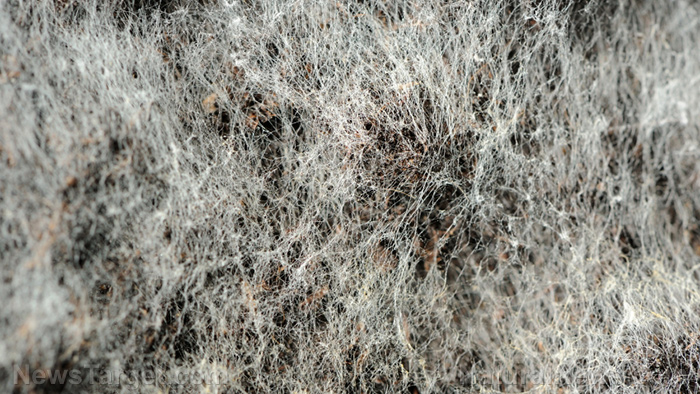
A recent study done by researchers from the Indonesian Institute of Sciences and Ehime University in Japan introduced an endophytic fungus they identified as Xylariaceae sp. QGS 01 that can be used to treat diabetes. This fungus, which can be isolated from the tree Quercus gilva or Ichiigashi oak, contains compounds that are good alpha-glucosidase inhibitors. The full study detailing the characterization of Xylariaceae sp. QGS 01 and its bioactive components was published in the journal Food Science and Human Wellness.
This plant fungus contains fatty acids and can inhibit alpha-glucosidase
Alpha-glucosidase inhibitors are commonly used as medications to treat diabetes. The enzyme alpha-glucosidase is present in the intestine of humans and plays a vital role in the degradation of carbohydrates from food. Carbohydrates, once degraded, produce glucose, which then enters the bloodstream. By inhibiting alpha-glucosidase activity, carbohydrate digestion can be delayed. This serves to lower blood glucose levels in people with diabetes. (Related: Assessing the effects of spirulina extract on lipid and carbohydrate digestion processes.)
In their previous study, the researchers found that Q. gilva is a rich source of catechins, epicatechins, and tiliroside. Catechins and epicatechins are known antioxidants, while tiliroside is a powerful alpha-glucosidase inhibitor. Previous studies have also reported that endophytic fungi contain bioactive compounds with good antioxidant, antiviral, and antimicrobial activities.
Endophytic fungi are microorganisms that live within plant tissues like parasites, but they do not cause any harm or damage to their hosts. Instead, these fungi have a symbiotic relationship with plants: While their hosts provide them nutrients and protection, endophytic fungi, in return, produce bioactive compounds that promote plant growth. These compounds, according to several studies, have the potential to treat various human diseases.
To evaluate the potential applications of plant fungi, the researchers isolated an endophytic fungus from the stem of Q. gilva and investigated the bioactivity of its components. They identified this fungus as Xylariaceae sp. QGS 01. Using ethyl acetate as an extraction solvent, they obtained extracts from the mycelium of Xylariaceae sp. QGS 01.
Using a bioassay-guided fractionation technique, the researchers isolated an isocoumarin derivative, 8-hydroxy-6,7-dimethoxy-3-methylisocoumarine (1), from the active fraction. 8-hydroxy-6,7-dimethoxy-3-methylisocoumarine (1), also known as 6-O-methylreticulol, is a metabolite of the fungus Streptomyces mobaraensis and the New Zealand liverwort plant Wettsteinia schusterana. Reticulol and its derivatives are known antitumor agents.
Upon further characterization of the other components, the researchers found that the active fraction also contained a mixture of two saturated and three unsaturated fatty acids. These fatty acids were palmitic acid, stearic acid, oleic acid, linoleic acid, and linolenic acid, respectively. Linoleic acid comprised most of the mixture (33.7), followed by oleic acid (29.8 percent), palmitic acid (24.1 percent), stearic acid (7.5 percent), and linolenic acid (3.6 percent).
For their in vitro assay, the researchers used a glucosidase enzyme isolated from the yeast Saccharomyces cerevisiae. They reported that 8-hydroxy-6,7-dimethoxy-3-methylisocoumarine (1) showed the highest alpha-glucosidase inhibitory activity (41.75 micrograms per milliliter [mcg/mL], IC50) among the isolated components. On the other hand, the fatty acids with double bonds (unsaturated) exhibited stronger alpha-glucosidase inhibitory activities than the fatty acids without double bonds (saturated). The researchers compared these inhibitory activities with their standard, quercetin, which had an IC50 value of 4.80 mcg/mL.
Based on these results, the researchers concluded that the endophytic fungus Xylariaceae sp. QGS 01 hosted by the Ichiigashi oak tree is a rich source of antidiabetic compounds.
Sources include:
Please contact us for more information.























